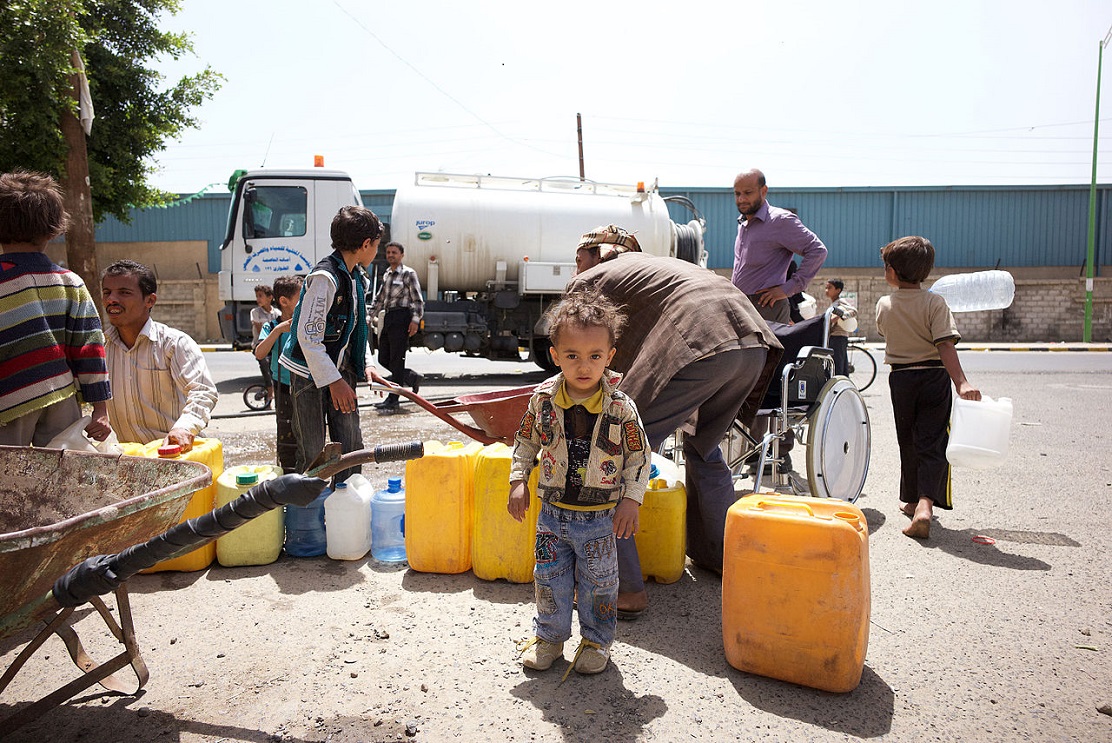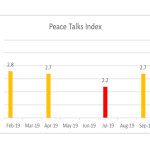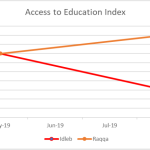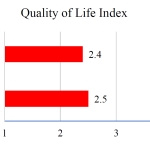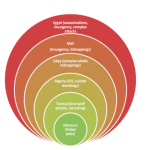Current State of the Humanitarian Situation in Yemen
Humanitarian Situation in Yemen
Yemen has faced a multiple dimensioned crisis characterized by a violent conflict, a multiplicity of stakeholders, displacement, famine and water shortage, making it a complex emergency and one of the most severe of the new century. Figures of affected people are dramatically high and the complexity of the field is compounded by the geography of the country.
Background of the humanitarian crisis
The events leading to the current humanitarian situation in Yemen started in the wake of the Arab Spring in February 2011 with protests against then president Ali Abdallah Saleh’s regime resting on cronyism and military support when he wanted to see his son succeed him. Having been rebelling against Mr. Saleh’s rule since 2004, the Houthi movement joined the protests.
Fearing the more and more violent protests and the crackdown to turn into a full scale civil war after Mr. Saleh endured a bombing attack at the presidential palace in June 2011, the Gulf Council Cooperation (GCC), supported by the P5 of the UN, brokered an agreement with President Saleh to hand over the power to his deputy Abd Rabbu Mansur Hadi in November 2011. This agreement included a political transition plan with single-candidate elections to be held in February 2012 in order to ensure Mr. Hadi’s legitimacy1. He was then elected with 99.6% of the votes and was officially recognized h by the international community.
Read more in the attached paper.

